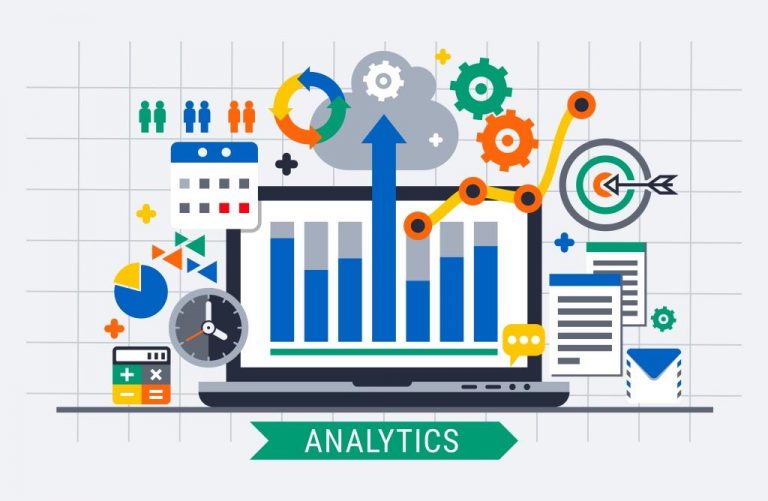For a long time, across many industries, Big Data was the king of IT. The more numbers you could extrapolate from whatever your lines of business, the more IT clout you had. It could be said that, at one time, “I have more data than you!” was the favorite quote (or perhaps gloat) of any enterprise that could generate spreadsheets.
However impressive they might be, though, reams of numbers don’t necessarily translate to meaningful business benefits. The correct angle of analysis, trend recognition and intelligent deductions— grounded in managed-services expertise—can reveal hidden time and money drains on your IT infrastructure. Without insights of this kind, these drains can sap your resources without you ever knowing. Unearthing the nuances behind the numbers can empower you to make actionable decisions that will align your data with your strategic business objectives and, ultimately, enhance your bottom line.
Intelligent reporting and data analytics can have several beneficial impacts on your organization: Most importantly, they can provide insights on how you can optimize costs, achieving better return on investment (ROI). For example, today’s reporting and analytics dashboards can visually display the relationship between how many hours an employee spends on clients per department, and then determine the potential savings of manipulating these inputs based on the employee’s salary. You can assess which employees are more productive and then act accordingly. For example, maybe you can feature them as team leaders or mentors for other, less-productive employees.
Reporting and data analytics can also provide insights on how best to leverage your organization’s real-time and historical data. Today’s online reporting tools use artificial intelligence (AI) and algorithms to process your data to identify patterns and trends, automate alerts and anticipate future business anomalies. These sophisticated tools are a far cry from the spreadsheets of yesteryear. In expert hands, they can provide information to streamline your decision-making processes with regard to numerous aspects of your business—technology acquisition or disposal, human-resource alignment with your style(s) of work and even future goals based on current trends.
How high do your customers rank on your list of priorities? Pretty close to the top, I would guess, given that they generate your revenue and play a significant role in defining your market presence. Reporting and data analytics can provide you with insights on how to predict customer behavior based on their buying decisions, their business goals, their own user needs and more. Understanding what your customers seek can give you a tremendous advantage over the competition, insofar as, in many cases, you’re connecting with your customers on an emotional level. Shedding light on the factors that play into their decision-making process can give you a keener understanding of how to market your products to their needs.
When evaluating a managed-services provider, you want to be sure the provider understands the unique relationship between reporting and analytics, as well as the potential that each distinct practice can bring to your organization. This approach supports your environment by automatically seeking potential issues in devices and networks and generating alerts, ensuring they can be resolved quickly and efficiently. Ideally, your managed-services provider will monitor your device availability, errors, utilization and licensing thresholds to identify potential issues before they become disruptive to your business objectives.
Today’s sophisticated customer-facing tools take your analytics data and provide an aggregated dashboard reflecting real-time behavior across your IT environment. This dashboard view tells the story behind the numbers, showing trends and patterns that would be much more difficult to discern from a spreadsheet or other document. A standard accompanying suite of available reports can provide a 360-degree view of specific events, and then drill down to identify possible trouble areas that require attention.
This blend empowers reporting-and-analytics customers with the information they need to make the best business decisions. As a result, businesses learn how to maximize their digital workspace and drive the change that generates measurable ROI while, simultaneously, relieving internal IT teams.
You should definitely have a conversation with your preferred managed-services provider about what its data-analytics tools can do to support your organization’s journey to digital transformation.
